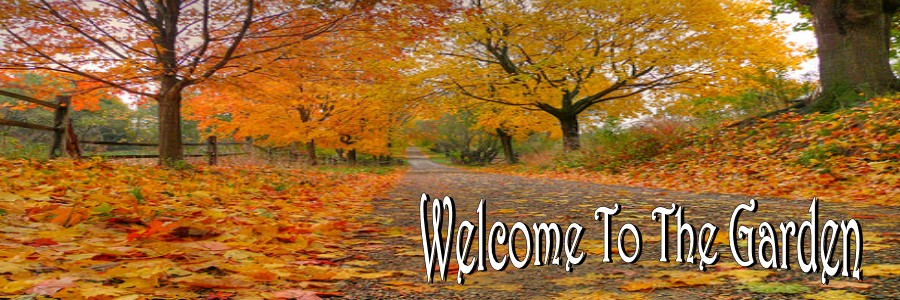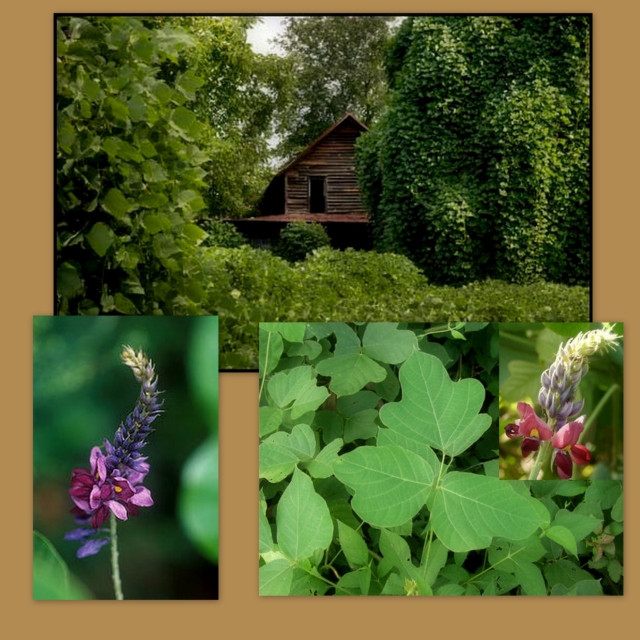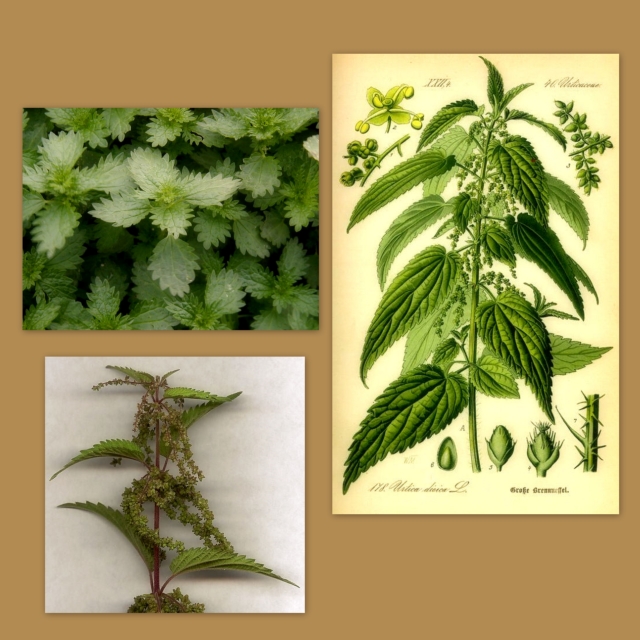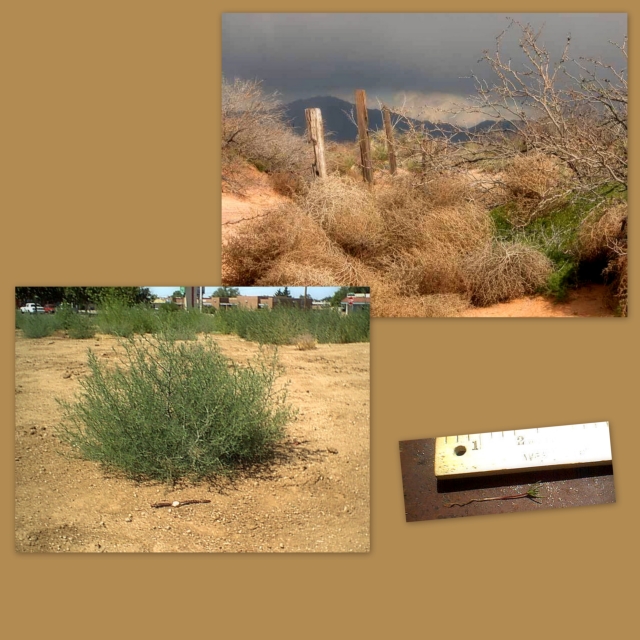

The Yellow Gazette, Vol.1 No.7 November 2010

 |
 |
| Holly wreath | Balsam Fir |
|---|---|
 |
 |
| Hibiscus | Acacia Bush |
Downloading these plants |
|
| You can copy these plant pictures to your own area in Photobucket, or wherever you save pictures for building in AW. You can also see what's in the texture and object yards in Yellow that you can use. These tips apply for them too.
If you have any plants you would like donate to Little Nellie for use in Yellow (or elsewhere), you can send them to Little Nellie. You can find these plants in the Botanicus Jardin located in Yellow at 832.35n 929.645e 0.03a 90. AP |
|
 |
|

KudzuKudzu is an invasive vine that grows "like a green bean plant on steroids." Kudzu (Pueraria montana var. lobata) is a perennial, trailing or climbing vine of the bean family. Kudzu chokes out shrubs and trees, and covers fences, automobiles, power poles, and small buildings. If kudzu is not controlled, it will grow over anything in its path. Kudzu was brought into the United States for the Exposition in Philadelphia in 1876. More kudzu was imported during 1884 for the Japanese pavilion at the New Orleans Exposition. Kudzu is native to Asia. Kudzu roots and vines have been used by the Chinese for 2,000 years to make a medicinal tea and paper. In summer, kudzu vines can grow up to a half meter in a single day! There is even a horror movie about this fast-growing invader, "Kurse of the Kudzu Kreature." Kudzu can be identified by its dark green leaves which are hairy underneath, have three lobes and grow in groups of three. The vine may grow 10-50m long. The purple flowers of kudzu appear in late summer. Their fragrance attracts bees and other insects to pollinate the flowers. For some reason, few kudzu seeds will sprout and grow into new plants. This invader usually starts new vines by growing roots and new shoots from its stems that touch the soil. The seeds mature in a hairy, bean-like seed pod by fall. It is difficult to get rid of kudzu. As many as 30 vines may grow from a single root crown. Its main roots are thick (17 cm or more in diameter). Long roots can weigh up to 180 kg. Kudzu can kill other plants by shading them with a blanket of leaves, by enveloping tree trunks, and by breaking branches. The most effective methods to control kudzu depend on the size of the infested area, how close the kudzu is growing to other plants, and how difficult it is to get to the area where kudzu has invaded. Control of well-established kudzu invasions can take up to 10 years. To get rid of kudzu, all of the roots must be killed. So what is Kudzu afraid of? Cattle, goats, and sheep will eat kudzu. If these animals are allowed to graze an area where kudzu has invaded for a long time, they will eat all of the leaves, stems, and shallow roots, killing the plants. Kudzu has no natural insect enemies or diseases that weaken the plants in the United States. No plant-eating insects have been found to control kudzu. |
|
 NettlesStinging nettle usually refers to one of five distinct plant species. The native American species, California nettle (Urtica dioica ssp. gracilis) is closely related to its introduced European cousin, Urtica dioica ssp. dioica. A second native species, Urtica dioica ssp. holosericea, is found only in Western states, while the others are widely distributed across the country. Dwarf stinging nettle (Urtica urens) is another European introduction that has made its way across the American continent, while an unrelated plant also called stinging nettle or the 'tread softly' (Cnidoscolus urens) is a member of the spurge family and looks completely distinct from other types of nettles. Stinging nettle is a plant that is well known by its intensely painful stings, caused by the tiny hairs on the stems and leaves. The various parts of the stinging nettle plant (such as the roots or leaves) contain several different compounds that may have medicinal properties. For instance, the leaves contain quercetin, a flavonoid that may help with allergies by inhibiting histamine release from certain cells in the body. The leaves also contain several other flavonoids, such as beta-sitosterol (which may help lower cholesterol and treat an enlarged prostate). Stinging nettle also contains compounds that may have pain-relieving, anti-inflammatory analgesic, numbing, antiviral, and antibacterial effects. Because stinging nettle contains many different active components, it is likely that benefits of the herb are due to a combination of several of the different components. It is used medicinally for a variety of different purposes. |
|

Tumbleweed"Russian thistle" and "wind witch" are common names for this symbol of the American west. Russian thistle alludes to its Eurasian origin. Scientific names for tumbleweed include Salsola kali, S. pestifer, S. australis, S. iberica, and S. tragus. Salsola is derived from the Latin sallere, "to salt," in reference to the plant's salt tolerance. There does not yet appear to be a consensus on the preferred scientific name, although S. tragus is the leading candidate for the inland variety of tumbleweed. Although tumbleweed is native to the arid steppes of the Ural Mountains in Russia, it is now ubiquitous throughout the western states, growing in disturbed soils such as agricultural fields, irrigation canals and roadside shoulders and ditches. Plants thrive in salty and alkaline soils but will generally be outcompeted by natives in undisturbed habitats. Elevation range is from below sea level in Death Valley to over 8500 feet. Tumbleweeds were first reported in the United States around 1877 in Bon Homme County, South Dakota, apparently transported in flax seed imported by Ukrainian farmers. Within two decades it had tumbled into a dozen states, and by 1900, it had reached the Pacific Coast. As it rolls down a desert road, a Russian thistle plants do what they do best, disperse seeds, which typically number 250,000 per plant. Seeds are unusual in that they lack any protective coat or stored food reserves. Instead, each seed is a coiled, embryonic plant wrapped in a thin membrane. To survive winter without a warm coat, the plant does not germinate until warm weather arrives. When moisture falls, the plant is ready to uncoil and germinate. All that is required are temperatures between 28 and 110 degrees Fahrenheit. It then quickly sends up two needle-like leaves and begins to shoot skyward. By autumn the plant has reached maximum size, flowered and begun to dry out. A specialized layer of cells in the stem facilitates the easy break between plant and root, and the journey begins anew. Like many invasive weeds, Russian thistle exploited the destruction of native ecosystems. When farmers removed prairie grasses, they created a perfect environment, smooth and flat, for a plant that could roll across the landscape dispersing seeds. |
|